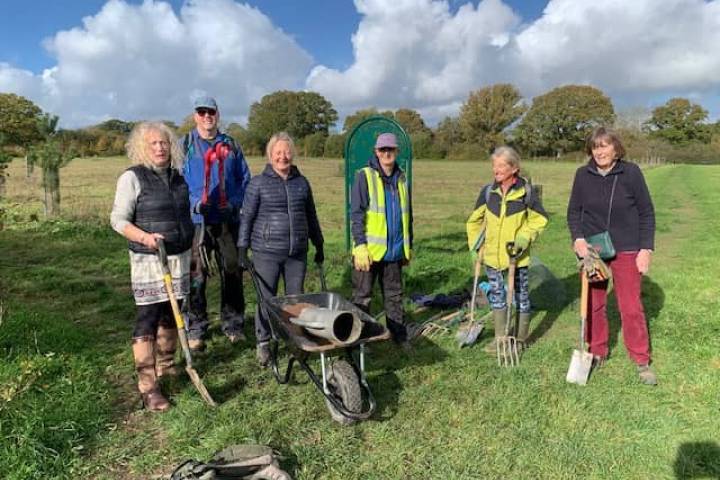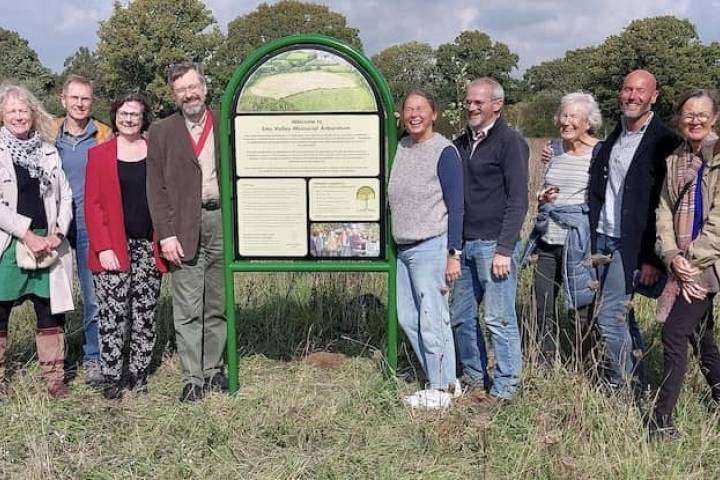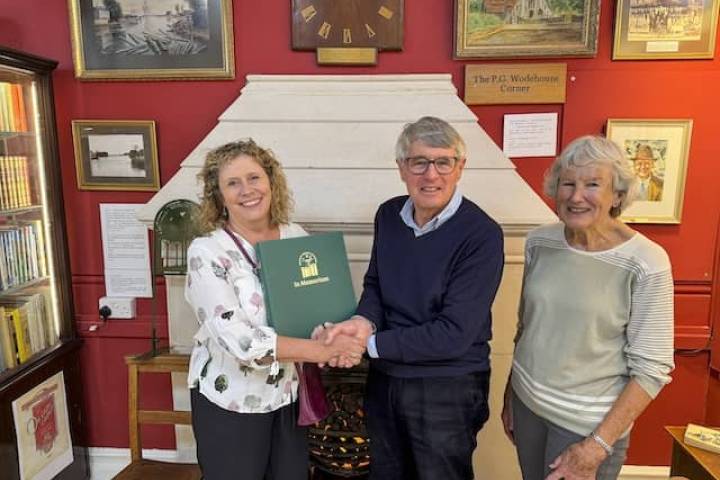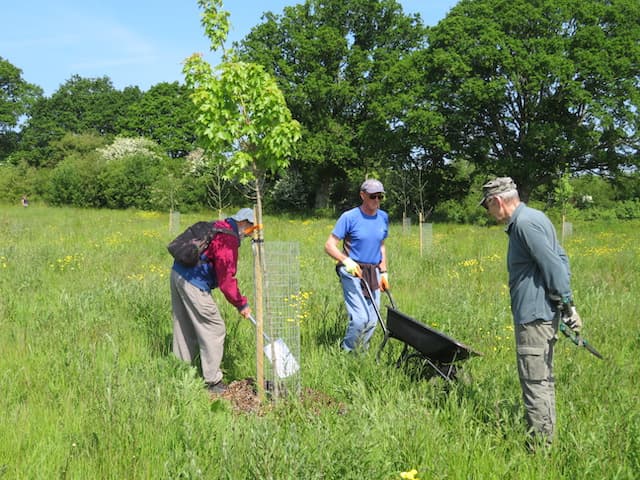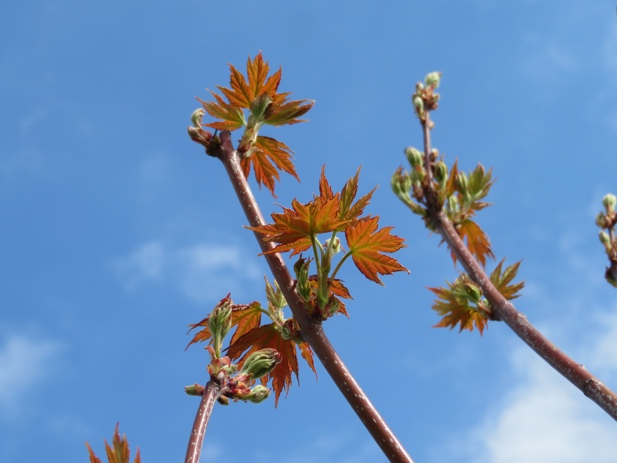The ‘Re-elming’ of Hampshire will provide a huge support to wildlife that relied on this once ubiquitous tree.
Hampshire Forest Partnership (HFP) is running a trial on disease resistant elms. The English countryside was once dominated by elms. Historically it was one of the six major trees in England. Since the 1960s though they have been ravaged by Dutch elm disease, a disease that was thought to have originated in Asia, but was accidently introduced to Europe in the early 20th century and was first described in Holland in the 1920’s, hence the name (Dutch elm disease). The disease is caused by a pathogenic microfungus carried by two species of elm bark beetle and has killed nearly all the mature elms in Britain, an estimated toll of 60-100 million trees. Being a native tree it is a natural host for many native invertebrates (around 80 species) these include many rare moths and the now endangered white-letter hairstreak butterfly.
Over the last few years HFP has been trialling different elm varieties that have been developed by specialised breeding programmes, with initial findings suggesting these cultivars can resist the disease and establish well. HFP is now ready to give trees away to observe how they cope in the ‘real world’. In return for the free trees HFP stipulated that: ‘The trees must be located outside of existing woodlands and be able to grow to maturity to provide maximum biodiversity benefits to the white-letter hairstreak butterfly. They can be planted within hedges to become hedgerow trees, along bare boundaries, in fields as tree clusters or as individual trees. They can also be planted within new tree planting sites such as new shelter belts or new linear woodlands. Priority locations are those that benefit the white-letter hairstreak butterfly and are visible in the landscape for people to enjoy.’
The EVMA have been given ten of these trees, five of the cultivar Ulmus ‘fiorente’ and five of the cultivar Ulmus ‘rebona’. In return for the trees the EVMA are required to photograph them once planted and provide a location via grid reference or what3words for every tree. HFP are also to be allowed access to monitor the trees to record future growth patterns, ability to resist the disease and how well the elms support biodiversity and nature recovery.
If you would like to read more detail about the ecological and biodiversity aspects of the re-elming project, please check out our 'Re-elming Hampshire' article.
